The HTC One X for AT&T Review
by Brian Klug on May 1, 2012 6:00 PM EST- Posted in
- Smartphones
- Snapdragon
- HTC
- Qualcomm
- MSM8960
- Krait
- Mobile
- Tegra 3
- HTC One
- NVIDIA
The next major thing to talk about it HTC’s Sense 4. First off, all of the HTC Ones run Android 4.0.3 as of this writing, which was the first ICS build pushed to the android open source project. It isn’t 4.0.4, but that’s forgivable considering the timeframe involved. Anyhow, Sense is one of those things that traditionally has been a major point of contention for power users. The problem for an OEM crafting a theme or skin is to strike a balance between the native appearance and feel of the underlying base OS, and whatever unique customizations they’re adding.
For probably the first time, I can honestly say I think HTC has has nailed that balance with Sense 4. The platform still feels and looks ICSey, and I think that’s what made previous iterations of Sense somewhat awkward - you couldn’t adequately grasp the theme or feeling of the underlying OS. HTC has changed things like overscrolling behavior throughout the OS, as elements now spread apart like an accordion. Toggle switches and buttons also get a new theme, but it isn’t an altogether huge departure from ICS, and (as required) Holo is still lurking underneath for applications that leverage it.
Like previous iterations, Sense 4 includes a number of lock screen customizations, including the ability to launch applications or SMSes by dragging their shortcuts into the ring. Unlike the previous version, you don’t get the ability to change the lock screen shortcuts directly, instead they’re inherited from the bottom dock-like row of applications on the launcher. The launcher now includes ICS features like folders on the homescreen for organizing shortcuts, and a new widget, app, and shortcut management view.
The main launcher gives you a paginated 5x4 grid of application tiles. HTC has done similar things in the past with the bottom three tabs - all, frequent (sorted by number of launches), and new downloaded applications. There’s not much to say here other than it’s interesting how most stock launchers have returned to paginated structure instead of just a big scrollable list view. Both the launcher and main homescreens are very very smooth, thanks to the combination of ICS’s OpenGL ES 2.0 2D acceleration and MSM8960.
The other main Sense customizations include both messaging, keyboard, and the task switcher. HTC has opted to change the task switcher entirely; instead of ICS’s transparent column of recently launched applications, the HTC Sense 4 launcher is a row of full screen previews. Applications can be closed by swiping them up (hello WebOS cards…) or switched between by tapping on them.
Messaging has changed subtly since the previous version of Sense, and feels snappier. One of my complaints with Android in general has been how messaging seems to always slow down after a few weeks worth of SMSes accumulate, and so far I haven’t run into that wall. I still do think the compose box is too big and covers too much of the conversation, and the default font seems gigantic, but thankfully one can change that. The Sense 4 keyboard also feels improved, and I can type at full speed without issue. That said, I’ll never understand why OEMs continue to remove the stock keyboard entirely.
Another major design decision HTC has made is to go with the traditional USB disk drive mount option instead of MTP. I think we’ll see OEMs also go this route as the MTP connector on some platforms still leaves a lot to be desired. Sense 4 also leaves the notification shade virtually untouched - there aren’t any quick power settings or tabs, just the settings pane shortcut like stock ICS. All in all I feel like this is the new Sense 4 design language - minimalist and simple, not the self-justifying customization of every last window and view just for the sake of doing so.
Storage on the AT&T One X is 16 GB of integrated NAND. Like basically all Android phones, this is divided between an /sdcard mount point, and /data. Note that this architecture is basically required if you’re going to implement USB mass storage instead of using MTP.
shell@android:/ $ dfFilesystem Size Used Free Blksize/dev 335M 136K 335M 4096/system 1007M 895M 112M 4096/data 2G 696M 1G 4096/cache 251M 4M 247M 4096/devlog 19M 16M 3M 4096/mnt/asec 335M 0K 335M 4096/mnt/obb 335M 0K 335M 4096/firmware_radio 199M 33M 166M 4096/firmware_q6 199M 5M 193M 4096/firmware_wcnss 4M 1M 3M 2048/data/secure/data 335M 0K 335M 4096/data/DxDrm/fuse: Permission denied/mnt/sdcard 9G 1G 8G 32768
So you get 9 GB of storage for media and photos, and 2 GB for applications, which is pretty much the normal storage split I see. Like we discussed in our initial ICS piece, you can either get unified storage with MTP, or the less cumbersome mass storage mount method.
The last note is Beats Audio. HTC includes the Beats branding almost everywhere - it’s on the box, on the back of the device, on the boot splash images, and inside the OS. There’s no longer any Beats earbuds in the box, but a corresponding change in the way Beats works. The new change is that Beats now works for any headphones that you attach, instead of just Beats branded ones like previously. At some point I’m going to investigate Beats Audio integration in newer HTC devices more thoroughly, for now just know that new HTC devices give you the Beats DSP on any attached headphones. I will note that it sounds to me just like the Beats audio from the HP TouchPad, which is to say boosted bass and some dynamic range compression. I honestly prefer it off, but overall sound quality with it off is subjectively good - no background hiss or whine audible.
The rest of Sense is hardware related and involves another important consolidation - camera, which we’ll get into in the respective section.


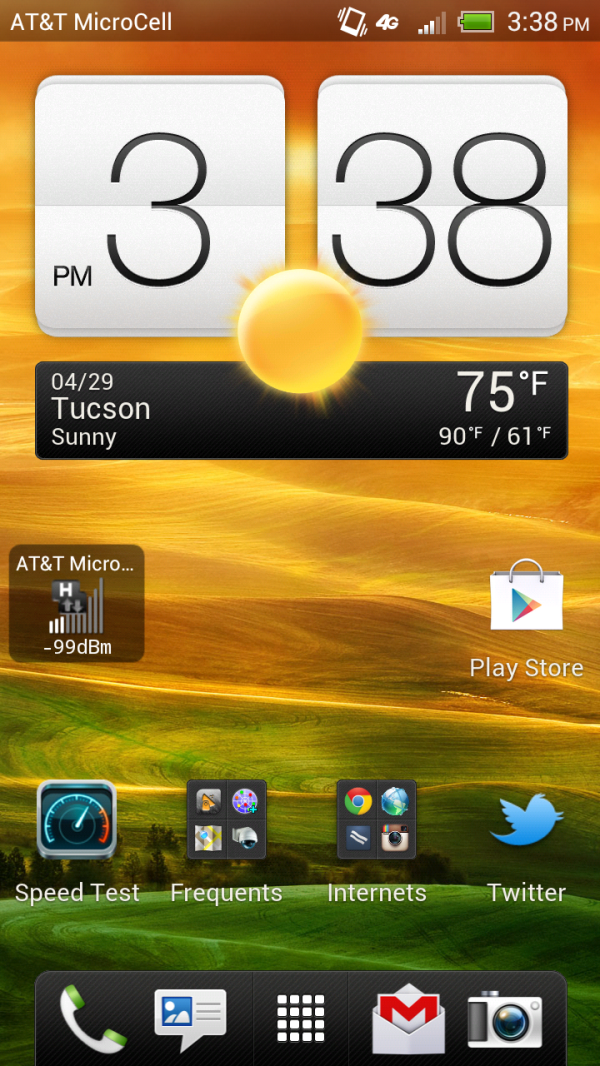
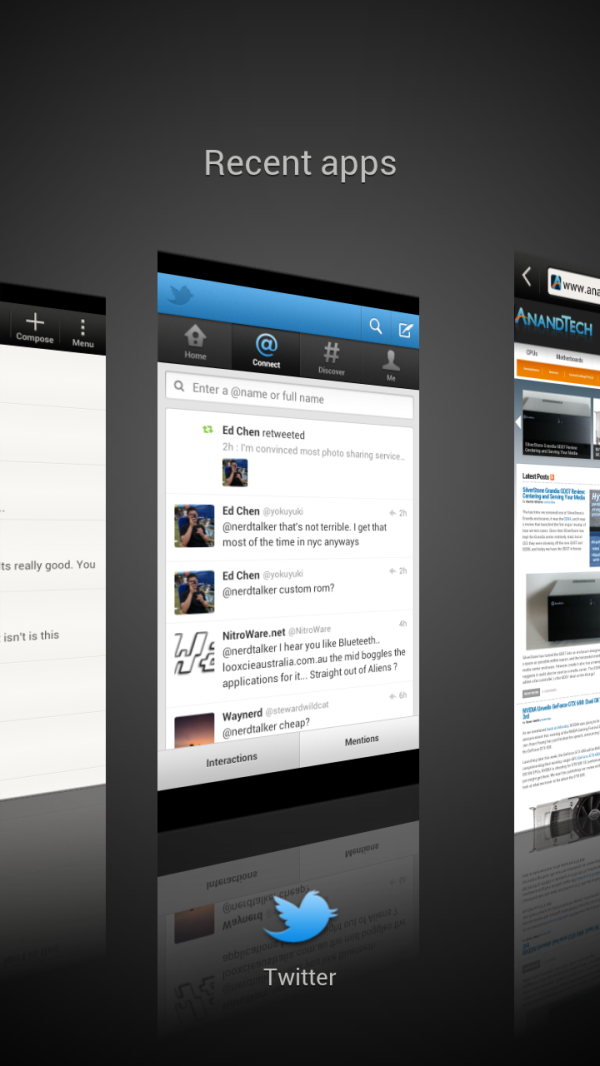
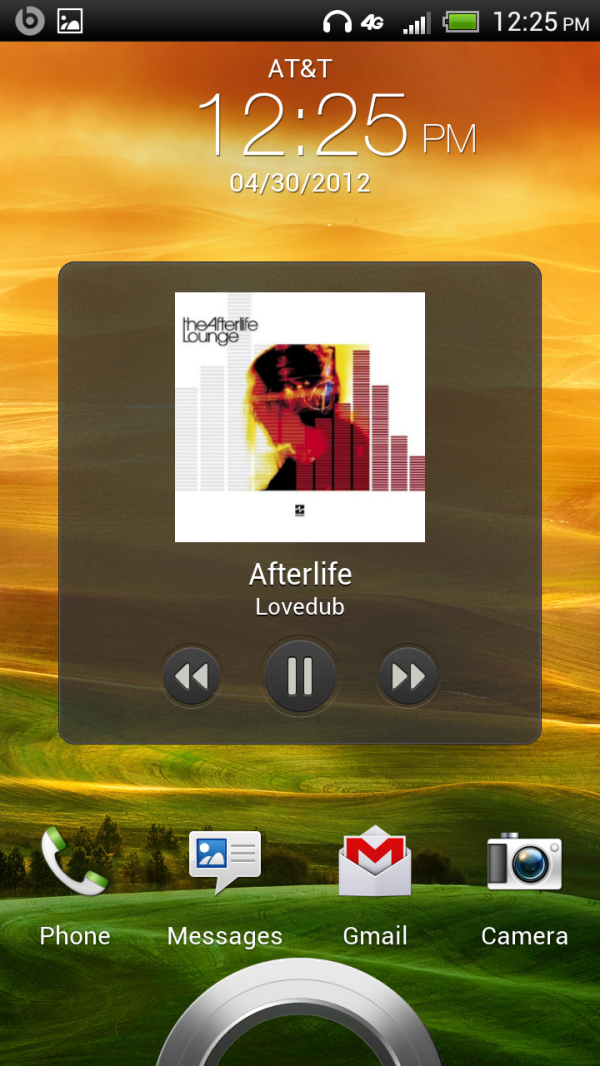
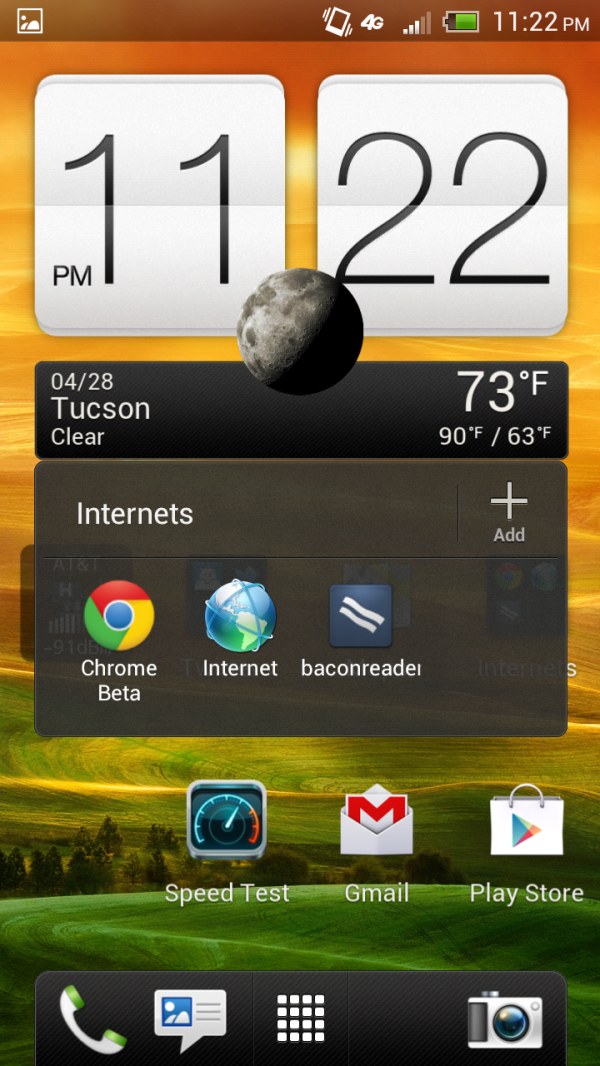
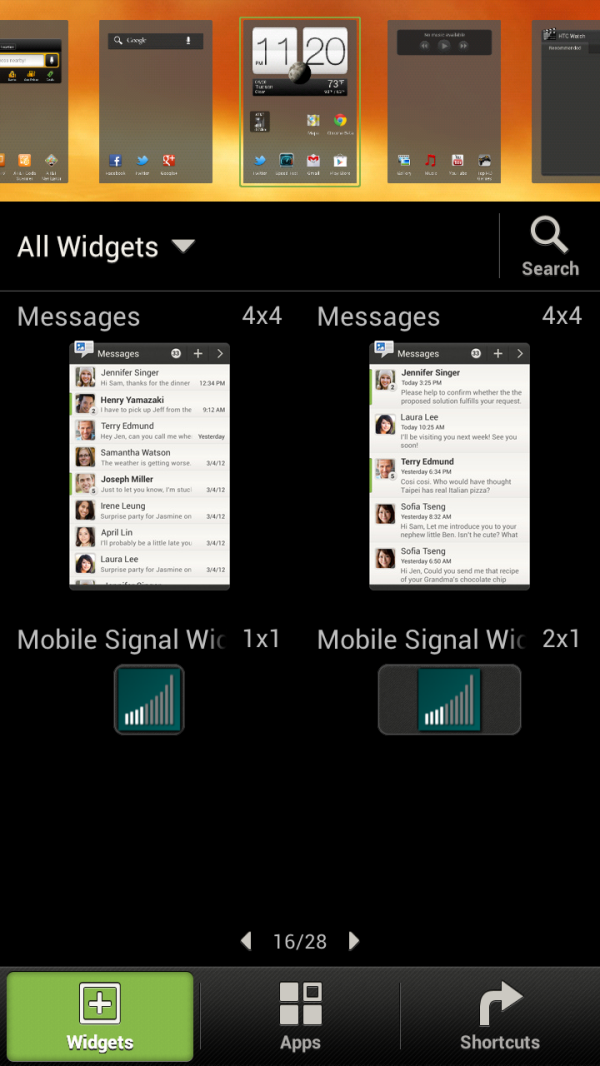

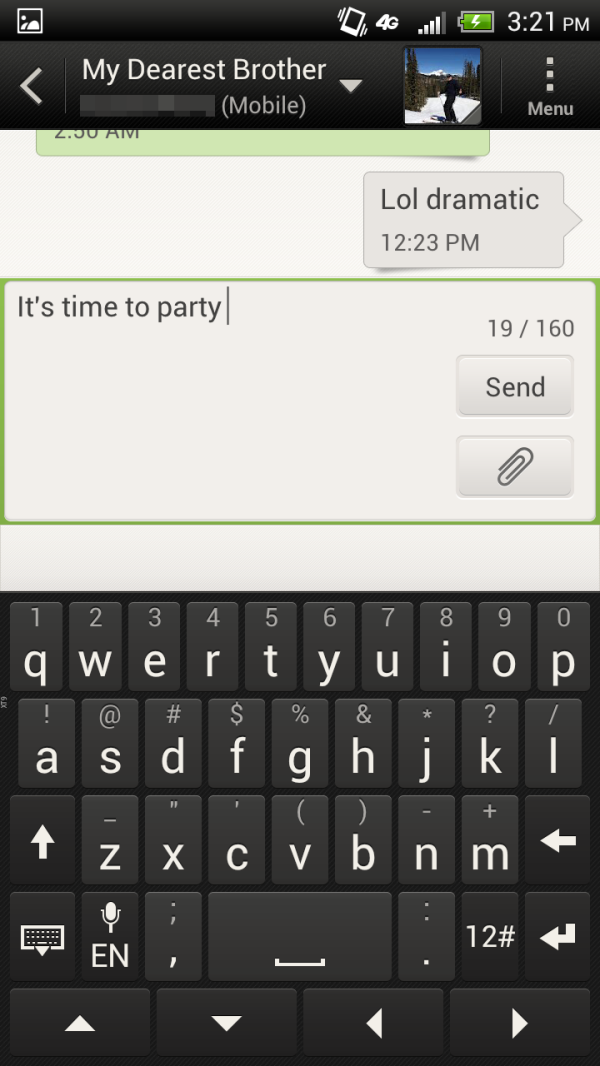
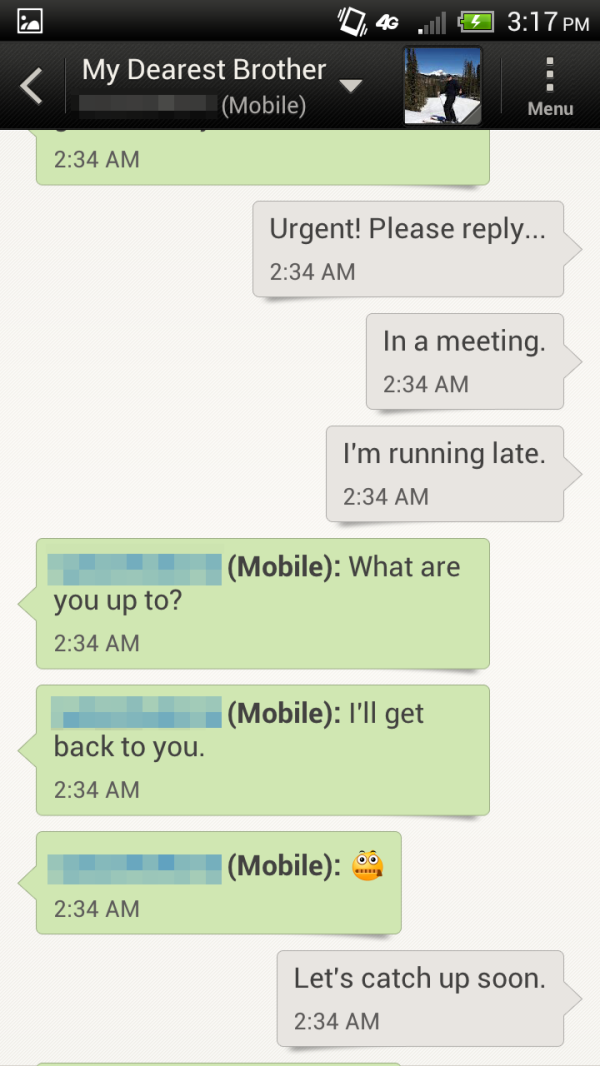

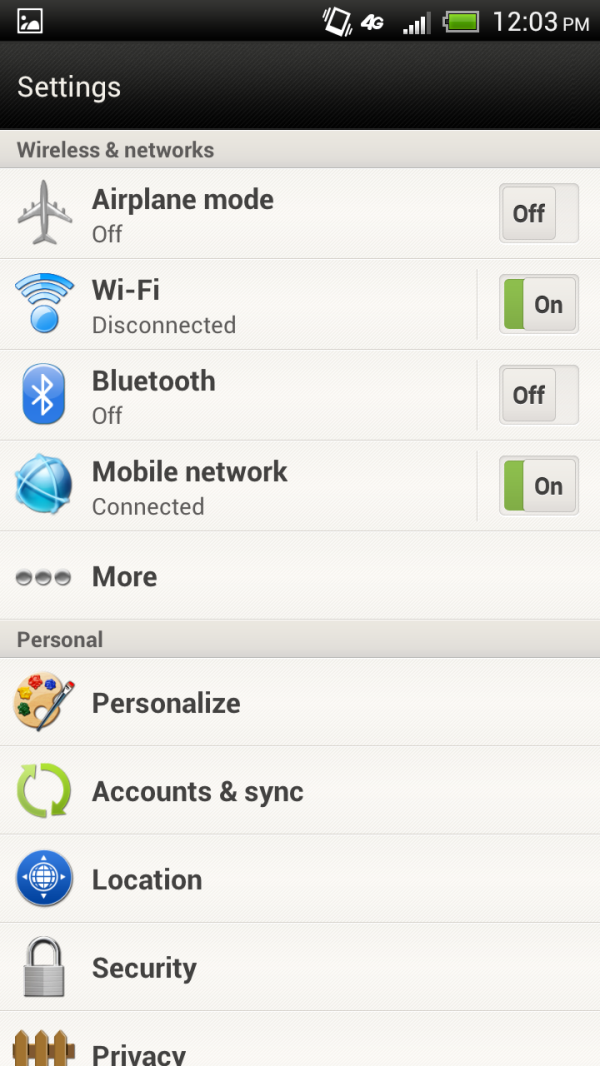
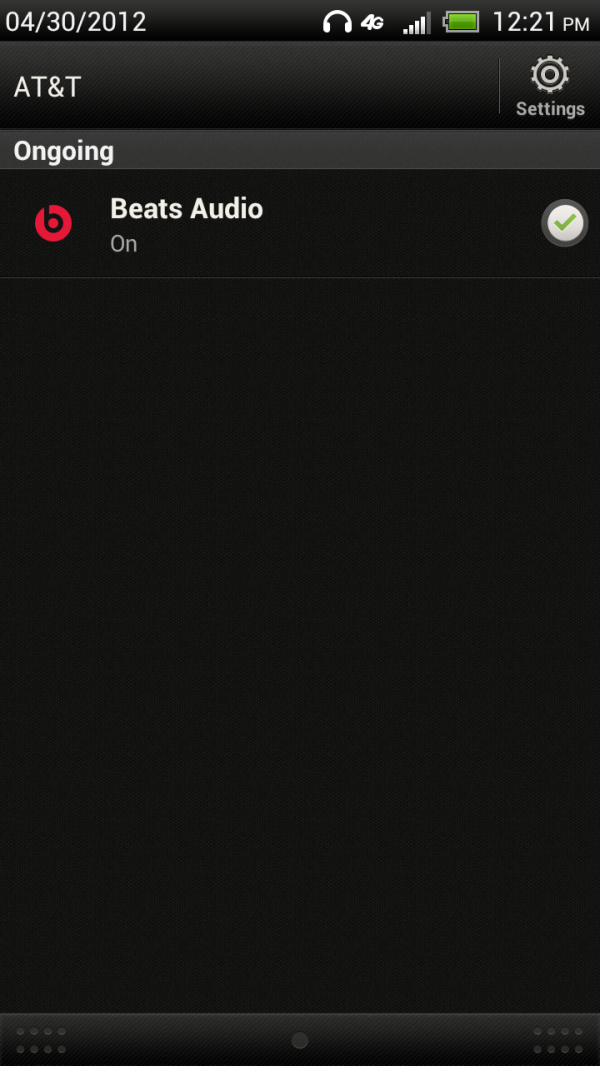








137 Comments
View All Comments
antef - Friday, May 4, 2012 - link
Oh, interesting, thanks for clearing that up!1ceTr0n - Wednesday, May 2, 2012 - link
But i'll stick with my new white and sexy Galaxy Noteakyp - Wednesday, May 2, 2012 - link
"What’s really interesting to me is just how many recent handsets from so many other OEMs have taken a similar design approach - microSIM, unibody polymer construction, no microSD card slot, and non removable battery. That combination of features seems necessary if you’re going to craft a device with competitive form factor this generation, and no doubt even more vendors will update with that profile. Polymer makes sense because it’s both a material transparent to RF, and easy to machine, and going with a microSIM makes sense since it’s all about minimizing area that isn’t dedicated to battery."I strongly disagree with this trend and I think this is right up there with glossy 768p notebook displays in terms of absurdity and simply got to stop. It's not about making the device slim nor maximizing battery, as the One X stands out in neither. It's all about cutting cost and forcing users to upgrade devices sooner because the battery has gone bad and cannot be replaced easily, or the internal storage has run out and there's no way to expand it with a microSD. MicroSIM is an abomination created by Apple just because they can.
xype - Wednesday, May 2, 2012 - link
"The One X on AT&T is really a One XL (L for LTE), however in the USA the device carries full One X branding. We’ve got the International One X and One S variants which will be reviewed in short order, but for today we’re talking specifically about the One X on AT&T."Every time someone will tell me that Android branding is NOT confusing I will point them to this paragraph. Damn, you’d think the people at HTC are all retarded or something.
Sabresiberian - Wednesday, May 2, 2012 - link
I've never owned a smart phone so maybe it's not the problem it is on monitors for desktop and portable computers, but I'm concerned about these screens getting narrower. I'd like to see that trend change, I think. In this, Apple looks to me like it's doing a better job.;)
Impulses - Wednesday, May 2, 2012 - link
This screen is actually ever so slightly wider than last gen 4.3" qHD displays... Tho those were slightly narrower than the first 4.3" displays, so it's kind of a wash really. The iPhone's display is just smaller in every direction, I don't see how that's an improvement unless you have tiny hands or shallow pockets... If that's the case there's always the One S, it's barely any wider than the iphone, about half an inch longer, but it packs in a 4" display (shame it's Pentile qHD tho (.jefffeely - Wednesday, May 2, 2012 - link
"The rear facing CMOS is a Samsung S5K3H2YX which Vivek spotted in the MyTouch 4G Slide. "The Rezound has the same camera module as well.
I would love to see a camera comparison between the One X and another phone with the same module so as to see how much of a difference the dedicated ISP makes. Oh darn, guess I'll just have to go buy an One X now.
As a side note: thank you so much for doing this review. It is nice to be able to find something unbiased in the sea of hype.
quiksilvr - Wednesday, May 2, 2012 - link
In the Camera Section for iPhone 4S, it says:8 MP with LED Flash, Front Facing Camera
But that is not correct. It SHOULD say:
8 MP AF/LED Flash, VGA Front Facing Camera
ssj3gohan - Wednesday, May 2, 2012 - link
The decibel scale being logarithmic, it's pretty much useless to graph it linearly. You get the false impression that for instance something that has a 77dB loudness is 'just' 5% less loud than something at 80dB, while in fact it's a 100% difference.The loudness graphs would be much more informative if they would convey these actual differences. There are big, big differences between speaker loudness of phones and it is a legitimate point of review.
skiboysteve - Wednesday, May 2, 2012 - link
I agree in principle, but 3dB is not twice as loud. 5-10 dB is.I actually thought 3dB was twice as loud for a long time but someone finally showed me I was wrong. Google it :)